How Huawei’s Helsinki-based Health Lab is using next-gen tech to push the boundaries of fitness
Explore the cutting-edge research facility that’s transforming the way we think about health and wellness technology
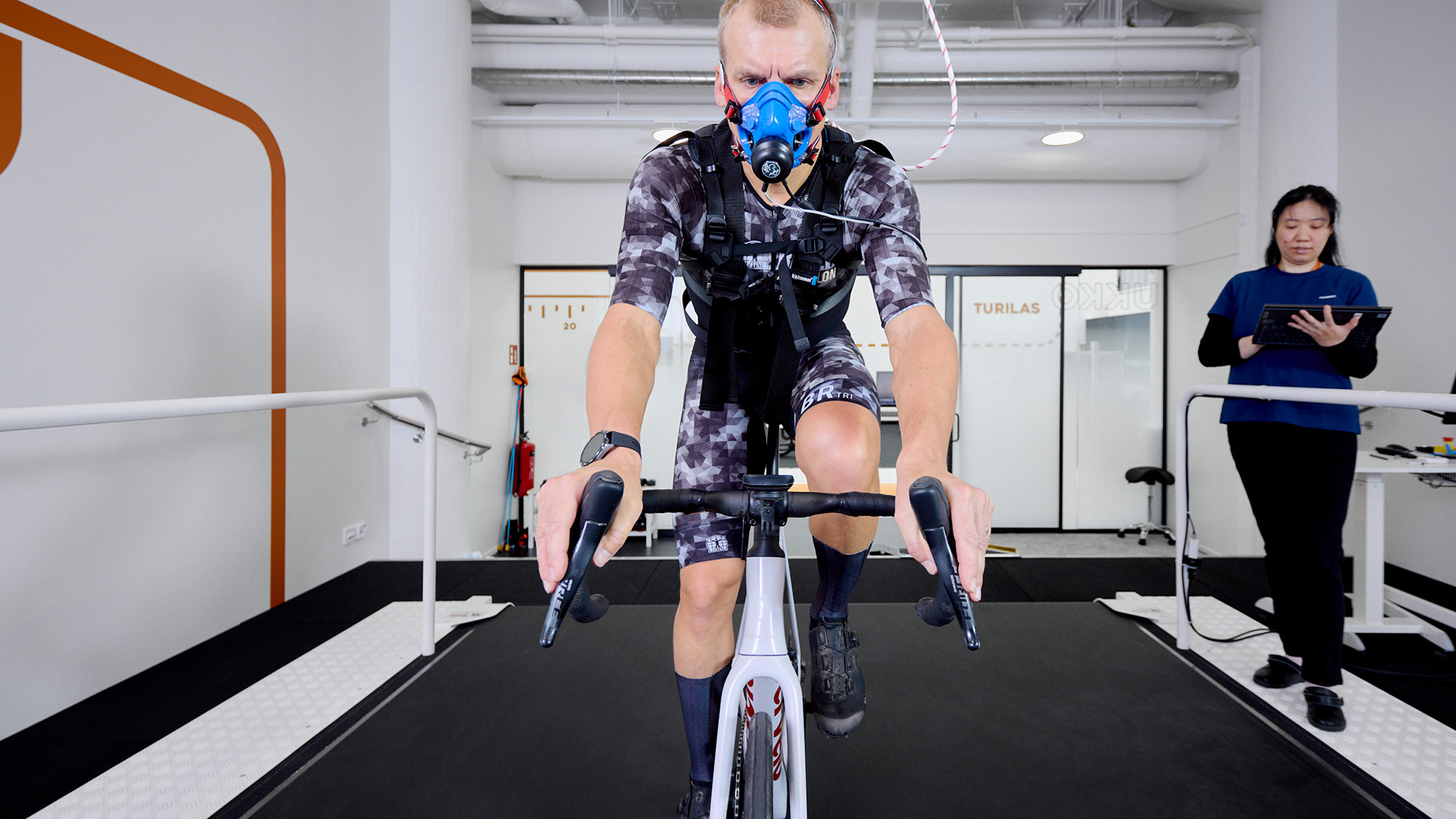
With its impressive range of stand-out wearables and smartwatches, Huawei is at the forefront of health and fitness technology, giving people around the world access to the data, insights and features they need to improve their performance and overall wellness. Now, Huawei is set to push the boundaries even further with a newly established Helsinki-based Health Lab, equipped with state-of-the-art testing facilities covering more than 20 sports and tracking over 200 physiological and biomechanical indicators.
This ultra-modern facility takes advantage of some truly cutting-edge machinery, as well as Huawei’s latest and greatest wearable devices, to drive health and fitness research further and supercharge innovation in sport. With five major testing areas (and a range of true-to-life sports environments) Huawei can intelligently assess athletes across a variety of disciplines, from cycling to wheelchair sports to swimming and beyond. So what makes the Huawei Health Lab so groundbreaking, and how will it influence the world of health and fitness in the future?
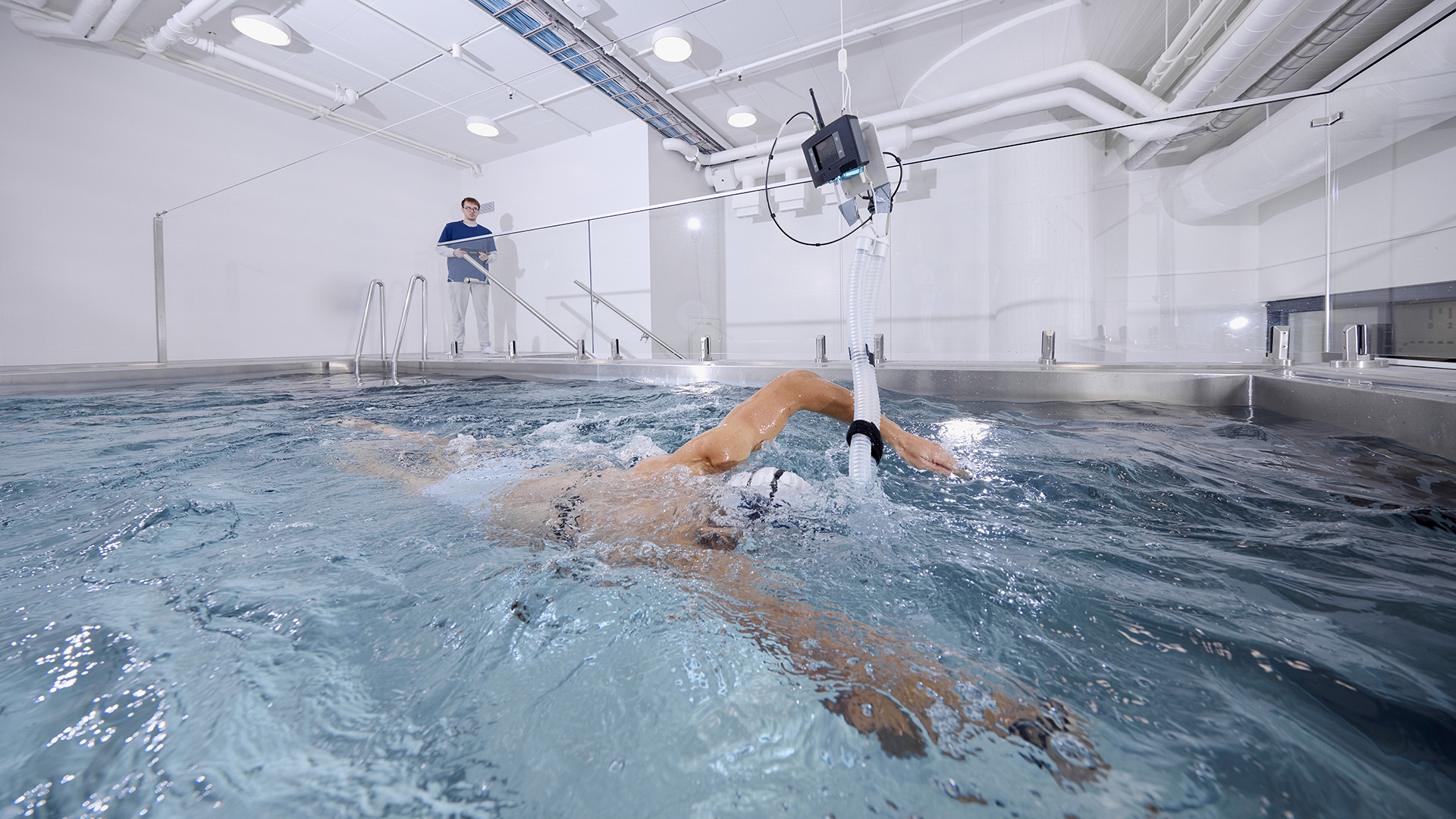
Counter-current ‘endless’ pool
For swimmers looking to train competitive strokes in optimum conditions, Huawei’s clever counter-current pool station is an ideal solution. With dynamic water jets producing a current flow rate up to 350 cubic metres per hour (that’s equivalent to a swim speed of 75 seconds per 100 metres!) athletes can effectively swim infinite distances without needing to stop or turn at the edge of the pool. It’s like swimming against the currents in a natural river stream, but endlessly customisable, so researchers have the chance to emulate particular speeds and conditions.
Huawei is using data and analytics collected from the swim simulator to give its next generation of smart-watches a major boost, taking features like training load, training stress and recovery to a whole new level. Whether you’re a casual swimmer or someone looking to compete, the possibilities are endlessly exciting.
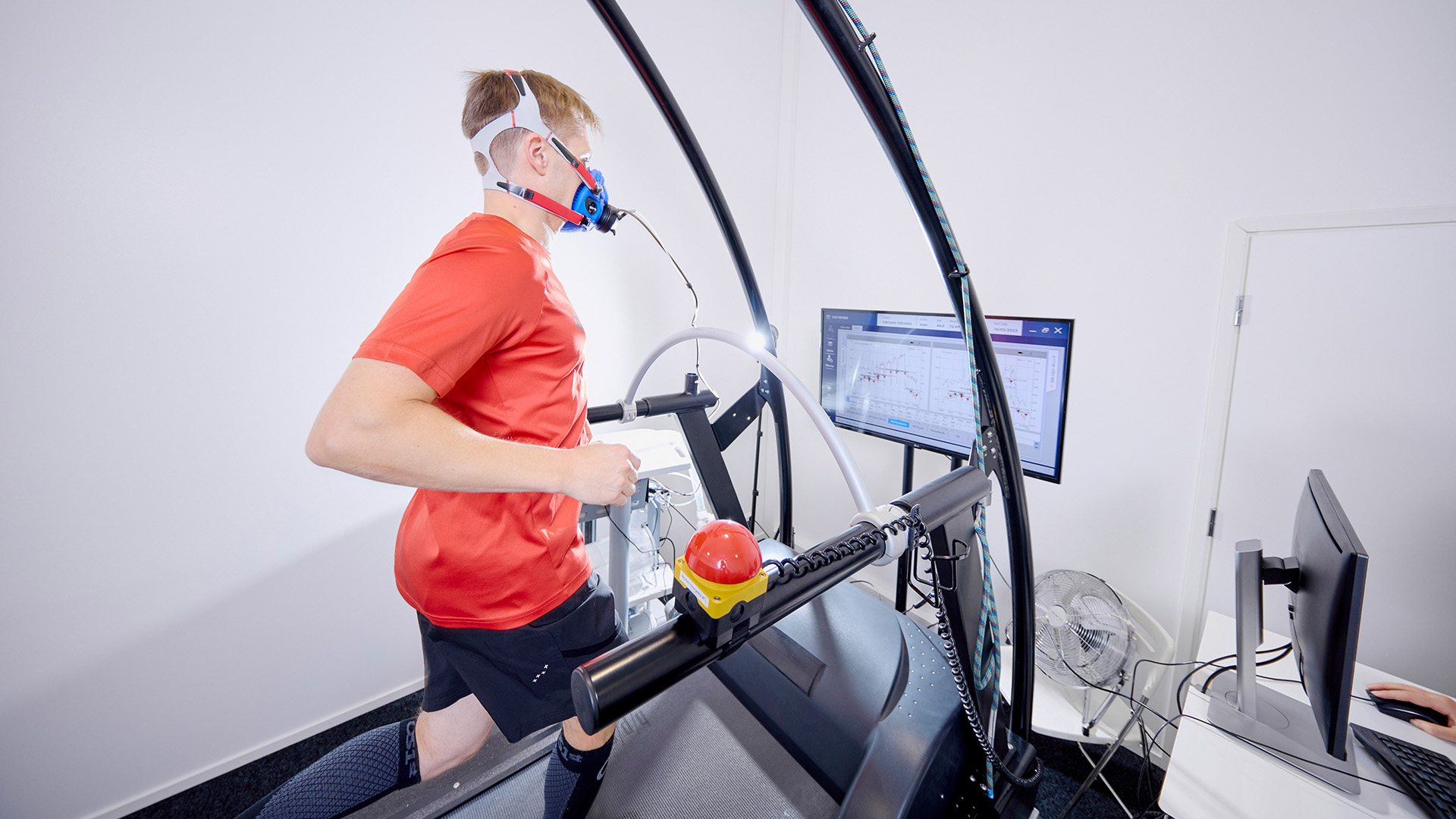
Multi-Functional Treadmill and Instrumented Treadmill
Perhaps the most versatile piece of equipment in the Helsinki Health Lab is Huawei’s multi-mode treadmill, which accommodates everything from running to roller skating to skateboarding and more. For personalised training sessions, the machine can optimise its speed based on a user’s real-time heart rate, or can adjust elevation based on GPX data of real-world terrain and routes.
This treadmill is a powerhouse for data collection, too, using intelligent image analysis to detect performance and provide real-time feedback – and to gather insights into athletes behaviour, posture and technique – which is invaluable information for Huawei’s R&D teams (and the wider health and fitness community).
Additionally, for athletes looking for a deep dive into their running performance and personal biometrics, an advanced Instrumented Treadmill is accessible on-site, using an ultra-precise plantar pressure assessment system to create a 3D model of the user's foot pressure and to assess their posture. This has some major applications for anyone serious about running, providing data that can empower research into rehabilitation sports injuries prevention.
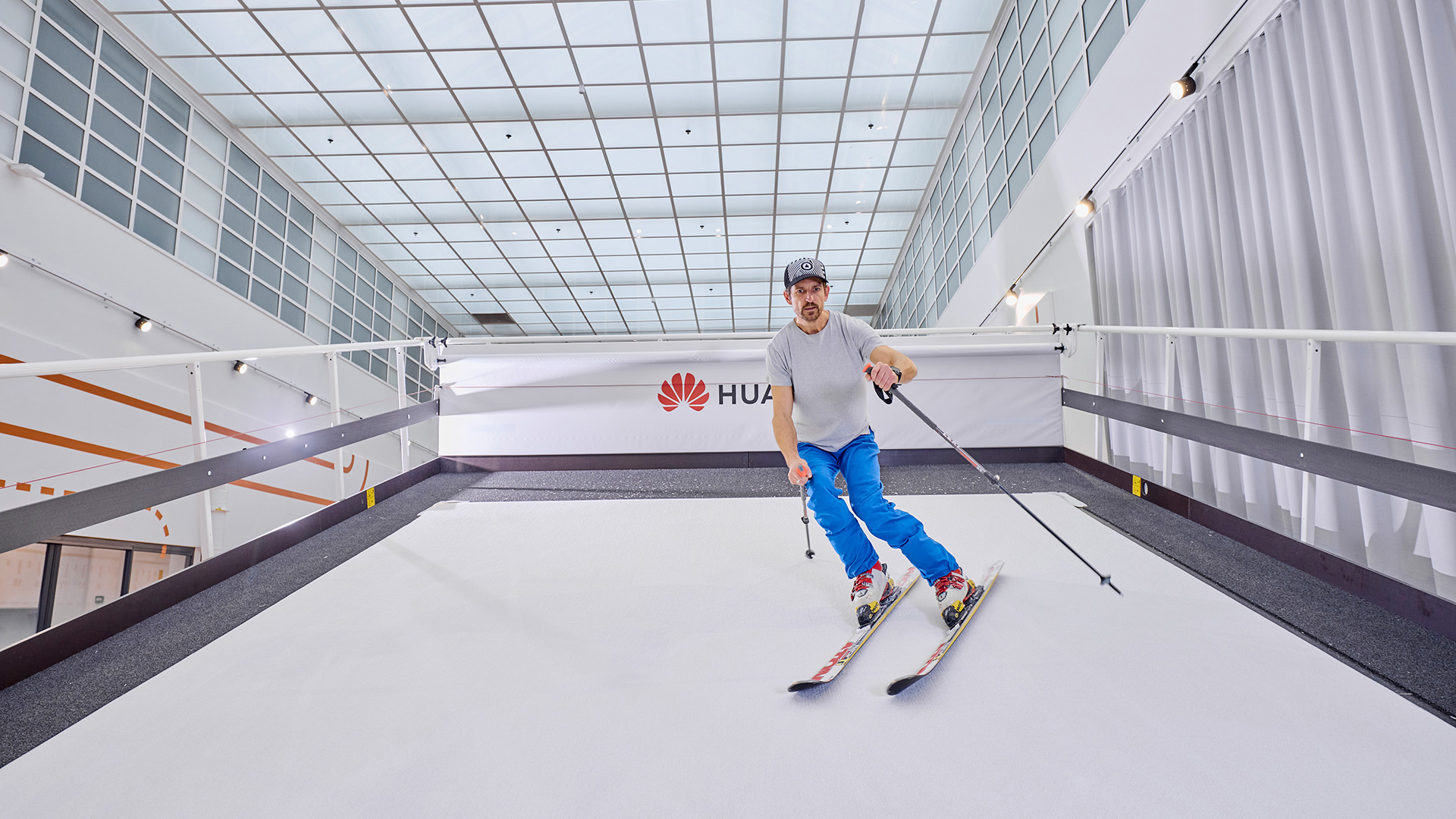
Skiing simulation station
Of course, a Huawei Health Lab in Finland wouldn’t be complete without research into one of the country's most spectacular sports: skiing. A top-of-the-line ski simulation station is designed from the ground-up to promote research into physiological algorithms like fall prediction and ski posture correction. This is paving the way for potential cross-country skiing features on Huawei smartwatches and wearables in the future, which could be a real game-changer for winter sports enthusiasts.
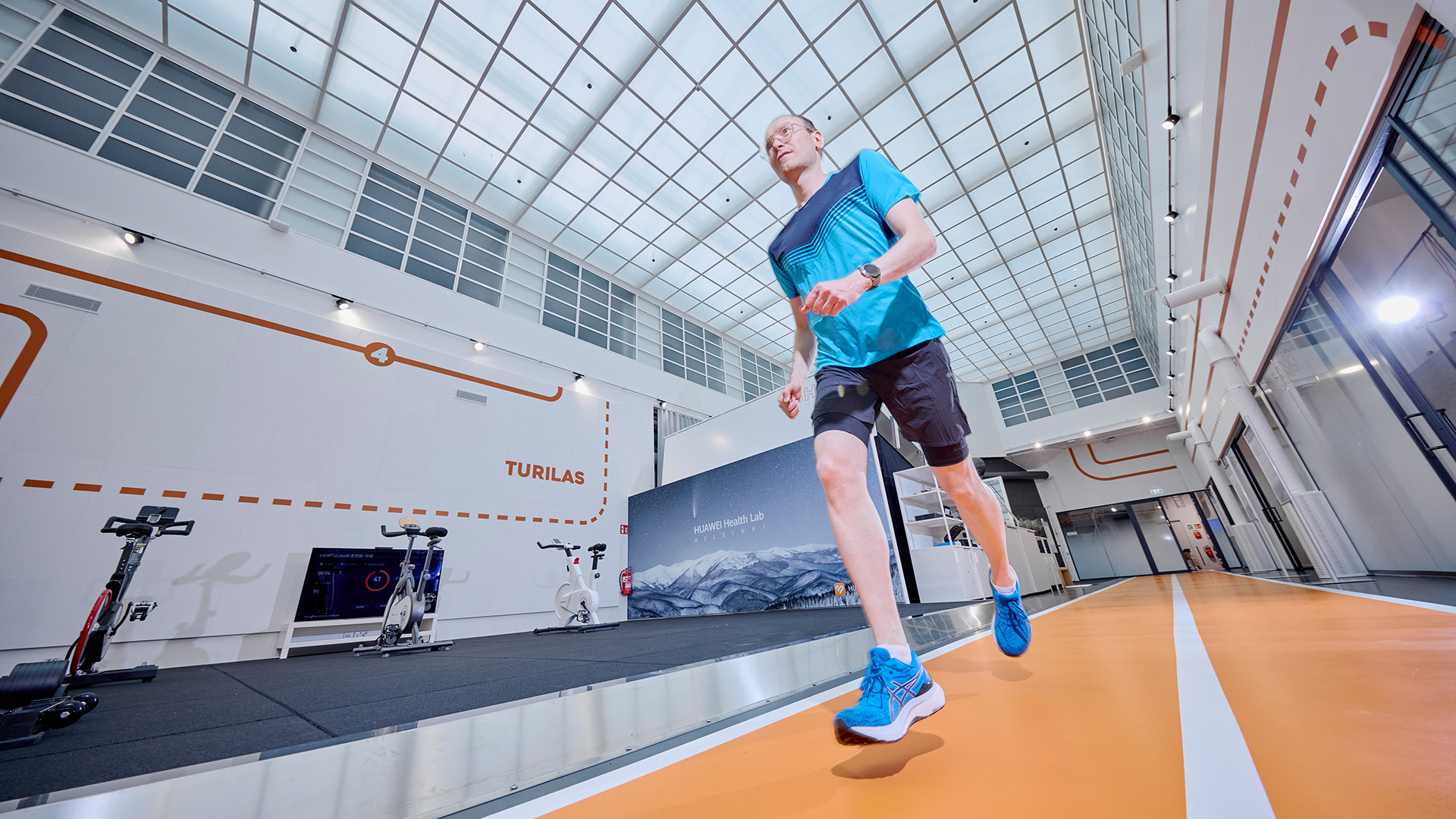
Creating a healthier future through technology
Smartwatches and wearables are helping us take back control of our physical and mental fitness, and the massive amounts of data and analysis conducted at Huawei’s Helsinki Health Lab are improving not just its own devices, but the industry as a whole. Huawei is supporting a diverse range of partners and institutions, including iCAREFORCVD, the largest cardiovascular project in Europe, and several major universities and disability health centres who are dedicated to supporting the sports and fitness needs of wheelchair users and other disabled athletes.
It’s through this cutting-edge research, innovative technological development and industry-wide cooperation that Huawei hopes to drive real change – and we can already see the advancements in Huawei’s latest wearables like the newly launched WATCH GT 4, with its seriously sophisticated VO₂ max and calorie algorithms.
To learn more about the Huawei Health Lab, and to stay up to date on all of Huawei’s latest devices, follow Huawei Mobile.
Get all the latest news, reviews, deals and buying guides on gorgeous tech, home and active products from the T3 experts

For 25 years T3 has been the place to go when you need a gadget. From the incredibly useful, to the flat out beautiful T3 has covered it all. We're here to make your life better by bringing you the latest news, reviewing the products you want to buy and hunting for the best deals. You can follow us on Twitter, Facebook and Instagram. We also have a monthly magazine which you can buy in newsagents or subscribe to online – print and digital versions available.


